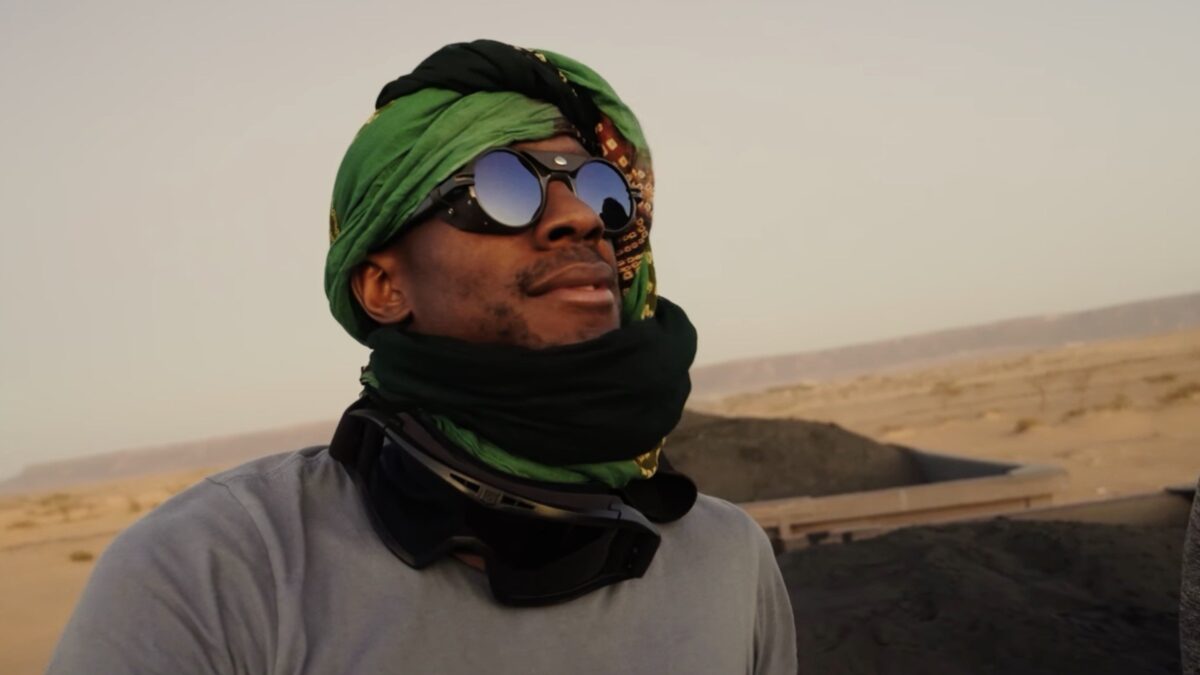
Watch and Analyze Documentaries: Immerse yourself in various documentary styles, structures, and techniques to gain a deeper understanding of their storytelling contributions. Analyze how they evoke emotions, convey information, and maintain audience engagement. Adapt these elements to enhance your fictional narratives and create a unique viewing experience.
Study Real People and Their Stories: Observe the emotions, behaviors, and motivations of real people in everyday life, as well as in documentaries. Pay attention to their speech patterns, body language, and decision-making processes. Use these observations to create relatable, multidimensional characters that resonate with your audience.
Create a Documentary-style Outline: Draft an outline that incorporates documentary-style elements like interviews, voice-overs, and archival footage. Visualize how these elements will be integrated into your narrative, and consider their impact on the story’s pacing and structure. Use this outline as a foundation to build a cohesive and engaging script.
Write a Mock Documentary: Hone your skills by writing a short mock documentary script that blends real events and fictional elements. Experiment with different documentary techniques, such as talking head interviews and observational footage. This exercise will help you become familiar with incorporating documentary-style techniques into storytelling and finding the right balance between fact and fiction.
Experiment with Non-linear Storytelling: Embrace non-linear storytelling by using flashbacks, parallel storylines, or juxtapositions of past and present events. This approach can create engaging and thought-provoking hybrid-reality narratives that keep audiences intrigued. Non-linear storytelling also offers opportunities to explore themes and character development from multiple perspectives.
Develop Characters Based on Real People: Craft composite characters grounded in reality by combining aspects of multiple individuals or tweaking certain details. This method ensures that your characters are relatable and believable while still maintaining creative freedom. Remember to respect the privacy and integrity of the real people who inspire your characters.
Attend Documentary Film Festivals and Workshops: Engage with the documentary community by attending film festivals and workshops. Learn from experienced filmmakers, gain exposure to different documentary styles and techniques, and network with fellow creatives. These experiences can provide valuable insights and inspiration for your hybrid-reality narratives.
Utilize Archival Material: Enrich your story by incorporating archival materials such as photographs, news articles, and video footage. These elements add authenticity, depth, and context to your narrative while also grounding it in reality. Research and obtain permissions for using archival materials to ensure ethical use and respect for copyrights.
Collaborate with Documentary Filmmakers: Foster partnerships with documentary filmmakers to better understand their creative process and learn the techniques they use to tell their stories. Share ideas, discuss challenges, and explore new approaches to hybrid-reality storytelling. Collaborations can lead to innovative solutions and fresh perspectives on merging documentary and fictional elements.
Revise and Refine: Maintain the balance between fact and fiction by diligently revising and refining your script. Seek feedback from trusted peers and mentors, and be open to constructive criticism. Make necessary adjustments to improve your script’s overall quality, impact, and cohesion, ensuring a captivating hybrid-reality narrative.













